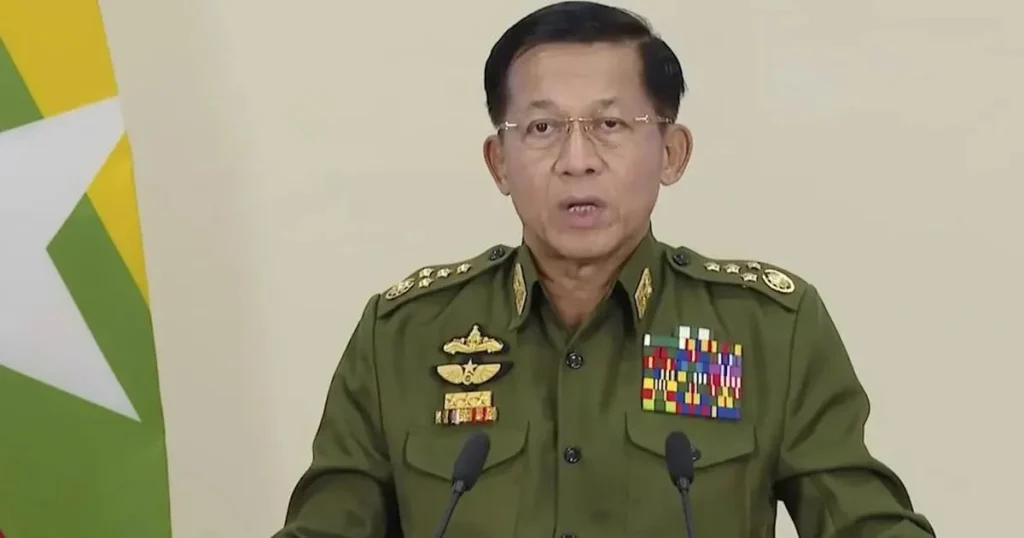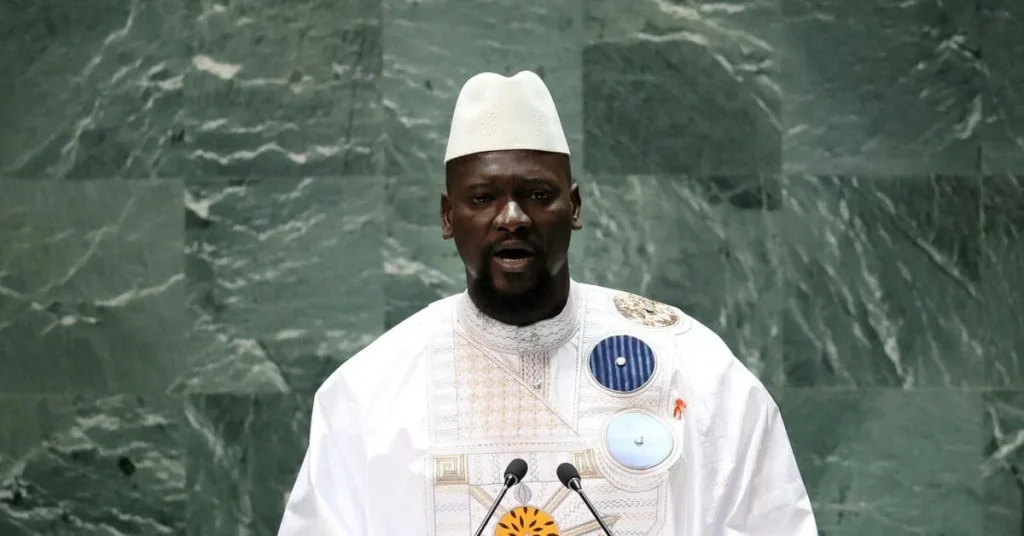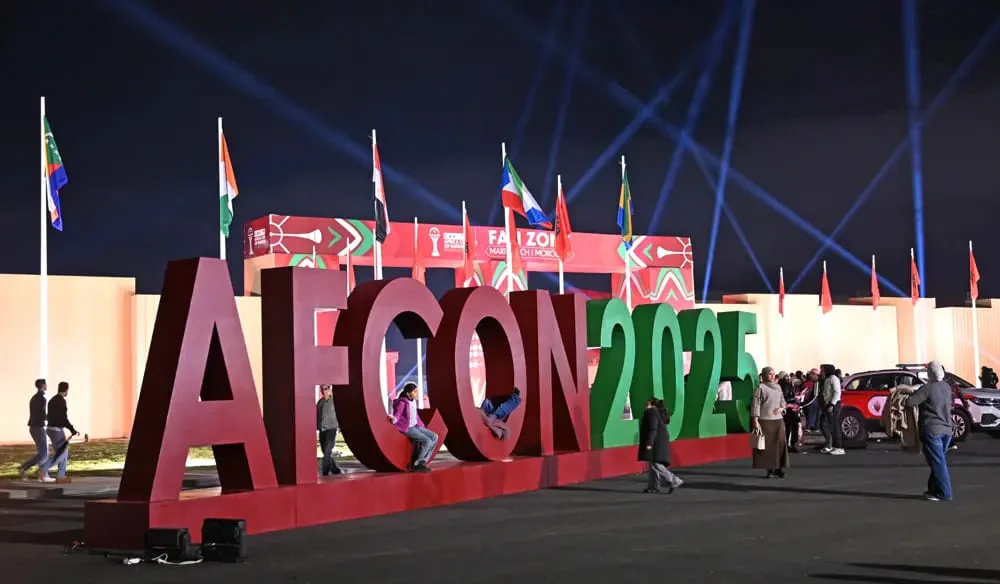On February 27, 2022, Russian President Vladimir Putin ordered Russia’s nuclear forces to a “special mode of combat duty,” citing “aggressive statements” from NATO leaders and economic sanctions as reasons for the escalation, according to a Kremlin statement.
This unprecedented move, the first of its kind in the post-Cold War era, raised global fears of nuclear conflict amid Russia’s invasion of Ukraine, launched on February 24.
The U.S., the world’s second-largest nuclear power with approximately 5,000 warheads compared to Russia’s 6,000, condemned the order as “totally unacceptable” through its UN ambassador, Linda Thomas-Greenfield. Germany suggested Putin’s decision reflected a faltering offensive, with Chancellor Olaf Scholz noting the invasion had “halted” and was not proceeding as planned.
Ukraine’s Defiant Resistance
Ukrainian forces mounted a fierce defense, repelling Russian advances in key cities. On February 27, Kharkiv, Ukraine’s second-largest city, was brought under Ukrainian control after defeating a Russian incursion, according to regional governor Oleg Sinegubov.
In Kyiv, the Ukrainian army reported on February 28 that Russian attempts to storm the capital’s outskirts overnight were repelled, with one of three missile strikes intercepted, per presidential advisor Oleksiy Arestovich. However, Russia made gains in the south, besieging Kherson and occupying Berdiansk near Crimea, which Moscow annexed in 2014.
Ukraine claimed 4,300 Russian troops were killed, though Russia acknowledged only unspecified losses. Western sources noted Ukraine’s resistance, bolstered by Turkish drones and Javelin missiles, surprised Moscow, slowing the offensive’s pace.
Humanitarian Crisis and Casualties
The invasion triggered a severe humanitarian crisis, with Ukraine reporting 352 civilian deaths, including 14 children, by February 28, while the UN estimated 64 civilian fatalities and warned of up to 7 million potential displacements, per EU projections.
Over 350,000 Ukrainians fled westward, with scenes of chaos reported in cities like Kyiv and Kharkiv, where explosions lit up the night. The UN High Commissioner for Refugees described the situation as Europe’s fastest-growing refugee crisis since World War II.
Russia’s assault on fuel facilities, such as an oil terminal in Vasylkiv, intensified fears of infrastructure collapse, with mayor Natalia Balasinovich stating, “The enemy wants to destroy everything around.”
Belarus Talks and Skepticism
On February 27, Ukraine agreed to send a delegation, led by Defense Minister Oleksii Reznikov, to meet Russian representatives at the Belarus-Ukraine border, marking the first public contact since the invasion began.
The talks, held in a villa owned by Belarusian President Alexander Lukashenko, followed Ukraine’s initial rejection of Belarus as a venue due to its role in hosting Russian troops and nuclear weapons. President Volodymyr Zelenskyy expressed skepticism, stating, “I do not really believe in the outcome of this meeting, but let them try.”
Foreign Minister Dmytro Kuleba emphasized defiance, declaring, “We will not capitulate, we will not give up a single inch of our territory.” No immediate ceasefire emerged from the talks.
Global and Economic Fallout
Western sanctions, including the exclusion of Russian banks from SWIFT and the freezing of Russia’s €600 billion central bank reserves, led to a 30% ruble collapse on February 28, fueling inflation.
French Finance Minister Bruno Le Maire called SWIFT a “financial nuclear weapon,” though Germany, Italy, and Hungary initially hesitated due to energy dependencies. Posts on X reflected global alarm, with users decrying Putin’s nuclear rhetoric as “saber-rattling” to distract from battlefield setbacks.
The crisis unfolded alongside other global challenges, including the IPCC’s report on climate impacts affecting 3.6 billion people and Ghana’s vaccination mandates for football fans, highlighting a world under strain from multiple crises.






